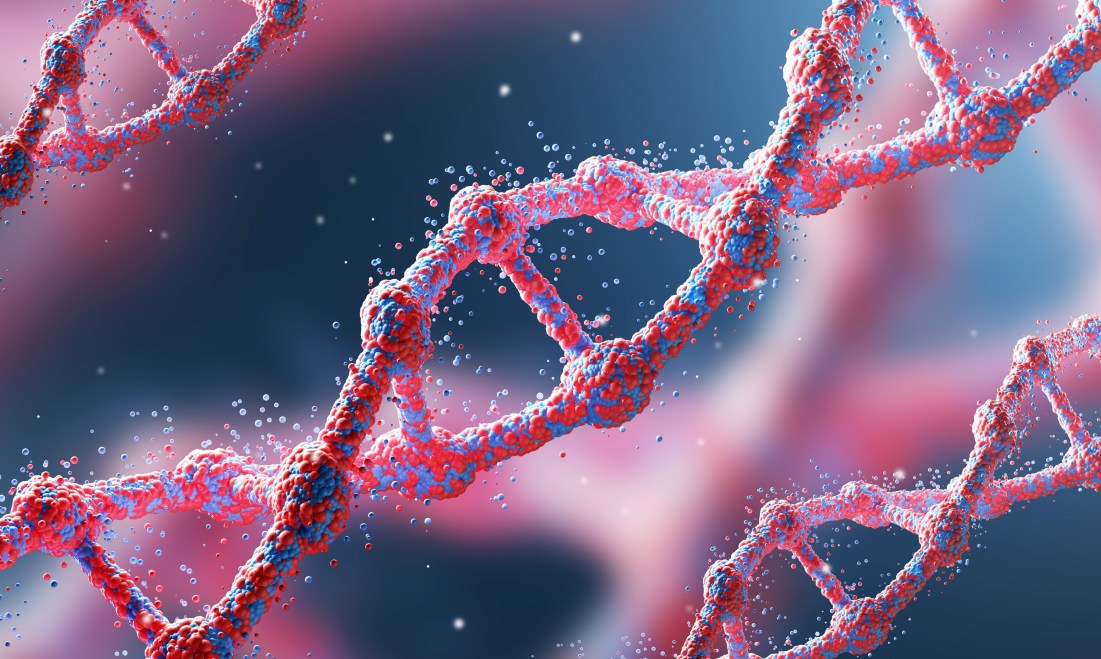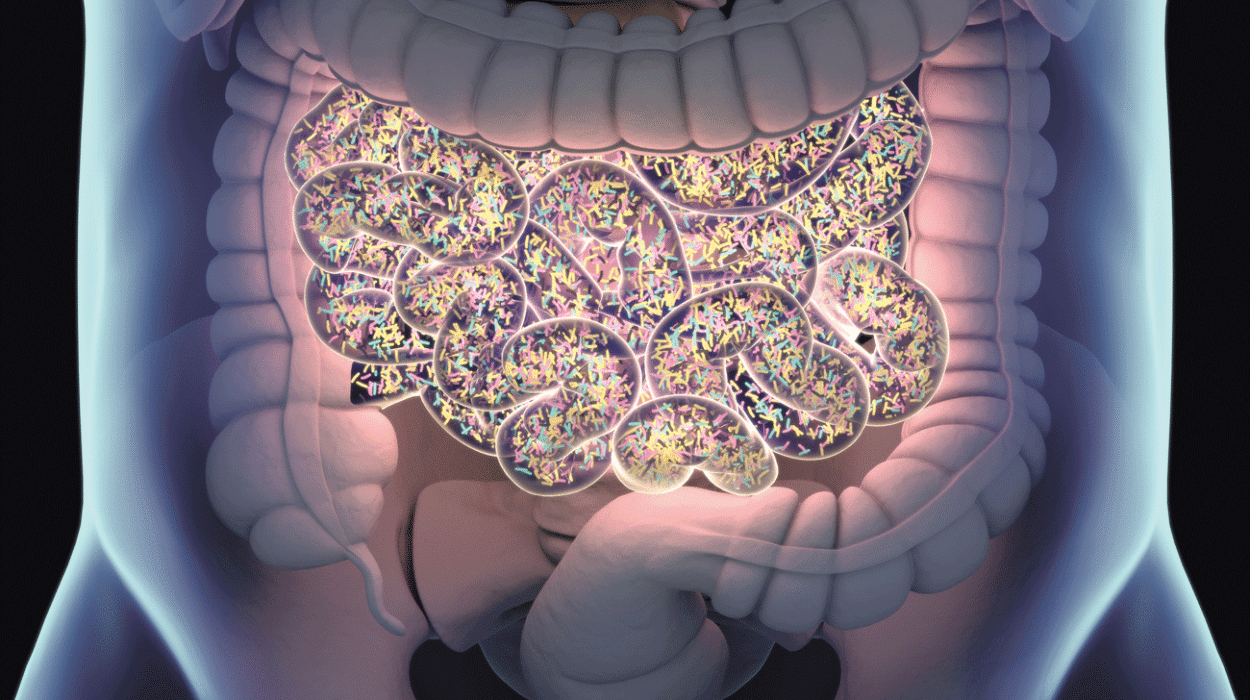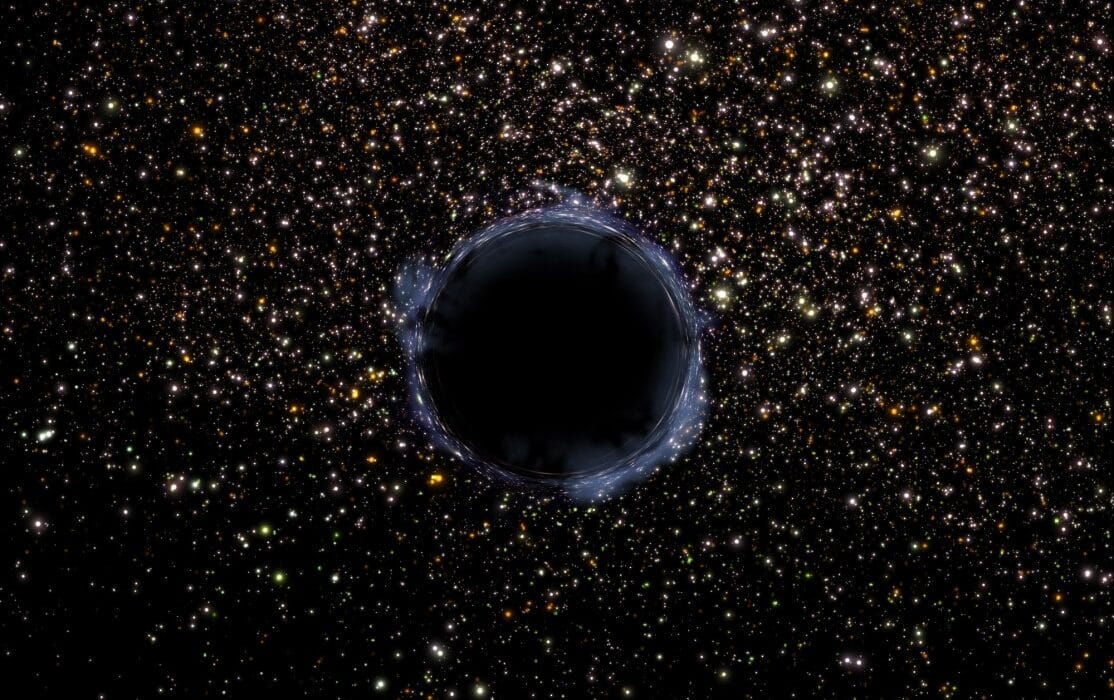The story of life is written in code—not in computer algorithms or ancient manuscripts, but in the twisting ladder of molecules known as DNA. Inside every cell of your body lies a molecular instruction manual, a blueprint so detailed that it governs everything from the color of your eyes to the way your heart beats. Human DNA is not just a scientific curiosity—it is the essence of who we are, a vast library of information written billions of years ago and passed from one generation to the next.
Though DNA has been studied for decades, it continues to amaze scientists and ordinary people alike. It holds secrets about our past, clues about our health, and possibilities for our future. The more we learn, the more we realize that this microscopic code is not just biology—it is poetry, history, and destiny woven into a single thread.
Here are fifteen of the most fascinating, awe-inspiring, and scientifically accurate facts about human DNA—facts that reveal the wonder within us all.
1. Your DNA Could Stretch Across the Solar System
Every human cell contains about two meters of DNA if fully uncoiled and stretched out. Multiply that by the roughly 37 trillion cells in the human body, and you get a staggering figure: the DNA inside one person could stretch from the Earth to the Sun and back over 600 times.
This fact captures the almost unimaginable compactness of DNA packaging. Something so long and complex is folded into microscopic cell nuclei with astonishing precision. It’s like fitting an entire library into a single suitcase—except this “library” contains every instruction necessary to build and sustain human life.
2. Human DNA Is 99.9% Identical Across All People
At first glance, humans seem incredibly diverse—we differ in height, hair, eye color, personality, and countless other traits. But at the genetic level, we are strikingly similar. More than 99.9% of our DNA sequence is identical from one person to another.
The tiny 0.1% difference is what accounts for the uniqueness of every individual, influencing physical features, predispositions to certain diseases, and even subtle aspects of behavior. This shared genetic blueprint highlights our common humanity, a reminder that despite outward differences, we are fundamentally the same species.
3. You Share DNA With Bananas
As strange as it may sound, humans share about 60% of their DNA with bananas. This does not mean you are half banana—it simply reflects the fact that all living things share common ancestors and basic biological processes.
Genes responsible for fundamental cellular functions, such as metabolism and DNA repair, are conserved across species. The fact that we share so much with plants, animals, and even microscopic organisms is evidence of the interconnectedness of life. Every species on Earth is part of a single evolutionary tree, with DNA as its unifying thread.
4. If Written Out, Your DNA Would Fill Millions of Books
DNA stores information using just four chemical letters—adenine (A), cytosine (C), guanine (G), and thymine (T). Yet with these four bases, DNA encodes instructions more vast than any library. If the DNA in one human cell were written out in text, it would fill around 1,000 books of 500 pages each. Multiply that by the trillions of cells in your body, and you contain more text than all the libraries of Earth combined.
This astonishing density of information is why scientists are now exploring DNA as a storage medium for digital data. In fact, one gram of DNA can theoretically store 215 petabytes of information—enough to hold all the world’s movies, music, and books in a tiny vial.
5. DNA Is Billions of Years Old
Your DNA is not just yours—it is an ancient inheritance. The molecules that make up human DNA evolved over 3.5 billion years, tracing back to the first forms of life on Earth. The genes that help your cells divide, process energy, and respond to stress are hand-me-downs from microscopic ancestors that lived in the primordial seas.
In this sense, DNA is a living fossil. It connects you to the first single-celled organisms, to fish that swam ancient oceans, to mammals that roamed prehistoric forests, and to every human who came before you. Your DNA is both your personal blueprint and your ancestral story, written across the ages.
6. Genes Make Up Only About 2% of Your DNA
You might think most of your DNA is dedicated to genes—the instructions for making proteins. Surprisingly, genes account for only about 2% of your total DNA. The rest, often called “non-coding DNA,” was once dismissed as “junk DNA.”
But scientists have since discovered that much of this non-coding DNA plays crucial roles. It regulates gene expression, influences how cells develop, and even contains remnants of ancient viruses that infected our ancestors. Far from being junk, these non-coding regions may hold the keys to many mysteries about human biology and disease.
7. Your DNA Can Reveal Where Your Ancestors Came From
DNA contains a record not only of your biology but also of your ancestry. Through genetic testing, scientists can trace lineages back thousands of years, identifying migratory patterns, ancestral populations, and even connections to ancient civilizations.
Mitochondrial DNA, passed down from mothers to their children, can be traced back to a single woman scientists call “Mitochondrial Eve,” who lived about 150,000–200,000 years ago in Africa. Similarly, Y-chromosome DNA connects all men to a “Y-chromosomal Adam,” who lived around the same time.
These genetic footprints are not just data—they are stories of human journeys, survival, and the shared history of our species.
8. You Carry Ancient Viral DNA in Your Genome
Believe it or not, about 8% of the human genome is made up of viral DNA. These are remnants of ancient viruses that infected our ancestors and became permanently embedded in their DNA, passed down through generations.
While most of these viral fragments are inactive, some play surprising roles in human biology. For example, certain viral genes are now crucial for forming the placenta in mammals. In a sense, we are part human, part virus—living evidence of life’s constant evolutionary battle.
9. Identical Twins Aren’t 100% Identical in DNA
Identical twins originate from the same fertilized egg and therefore start with identical DNA. But recent studies show that small genetic differences can accumulate as twins develop. Environmental influences, mutations, and epigenetic changes (chemical tags that affect gene activity without altering DNA sequence) create subtle differences over time.
This explains why identical twins may not have exactly the same health outcomes or personalities, despite sharing nearly identical blueprints. It’s a reminder that DNA is not destiny—it interacts with environment and experience in complex ways.
10. Your DNA Is Constantly Under Attack
Every day, your DNA suffers tens of thousands of assaults from radiation, chemicals, and copying errors during cell division. Yet your cells are equipped with an incredible system of repair mechanisms that constantly fix the damage.
Without DNA repair, life would be impossible. In fact, many diseases, including cancer, arise when these repair processes fail or are overwhelmed. The resilience of DNA is a testament to life’s extraordinary ability to persist despite constant challenges.
11. Humans Have About 20,000–25,000 Genes
The Human Genome Project, completed in 2003, revealed that humans have around 20,000–25,000 genes—far fewer than scientists originally expected. For comparison, some plants and amphibians have even more genes than we do.
What makes humans unique is not the sheer number of genes but how they are used. Human genes can produce multiple proteins depending on how they are “spliced,” vastly expanding their functional diversity. It’s not just the ingredients that matter—it’s how the recipe is written and read.
12. DNA Can Be Used to Solve Crimes and Identify People
DNA fingerprinting revolutionized forensic science. Because every individual (except identical twins) has a unique DNA sequence, forensic scientists can match genetic evidence from crime scenes to suspects with astonishing accuracy.
Beyond criminal investigations, DNA has been used to identify soldiers from wars long past, reunite families, and even reveal the identities of historical figures. In every strand of DNA lies a unique signature—a molecular ID card that is almost impossible to counterfeit.
13. DNA Mutations Drive Evolution
Mutations in DNA are often associated with disease, but they are also the raw material of evolution. Small changes in DNA over generations create variation, which natural selection can act upon. Without mutations, evolution—and therefore life’s diversity—would not exist.
For example, mutations that allowed early humans to digest milk or resist certain diseases provided survival advantages, spreading through populations. Though most mutations are neutral or harmful, a few spark the innovations that shape species over millennia.
14. DNA Has Been Used to Resurrect Extinct Genes
Advances in genetics have allowed scientists to “resurrect” genes from extinct species. By comparing DNA from fossils with living organisms, researchers can reconstruct ancient genomes. This is not science fiction—it has already been done with fragments of Neanderthal and woolly mammoth DNA.
While bringing entire extinct species back to life remains controversial and technically difficult, these studies provide extraordinary insights into evolution and the biology of our ancestors. DNA is not just a record of the past—it is a time machine written in code.
15. Your DNA Is Uniquely Yours
Perhaps the most fascinating fact of all is that your DNA is one of a kind. Out of billions of humans who have ever lived, no one else has had exactly your genetic code (except for an identical twin, if you have one). Your DNA is both universal—shared with all life—and deeply personal, carrying the story of you.
It influences your appearance, your health, your ancestry, and even your future. It connects you to the cosmos, to your family, and to every living thing. In its spirals and sequences lies the miracle of individuality and the shared song of life.
Conclusion
Human DNA is a marvel of nature—compact yet vast, fragile yet resilient, ancient yet ever-changing. It is a blueprint, a history book, and a compass pointing toward our future. Each fact about DNA reveals not only biological truths but also deep philosophical reflections about who we are and how we fit into the great story of life.
To learn about DNA is to marvel at yourself, to see your body not just as flesh and bone but as a masterpiece of information sculpted over billions of years. You are, in essence, a living library—a walking universe of code. And within that code lies the greatest mystery of all: the miracle of being alive.






